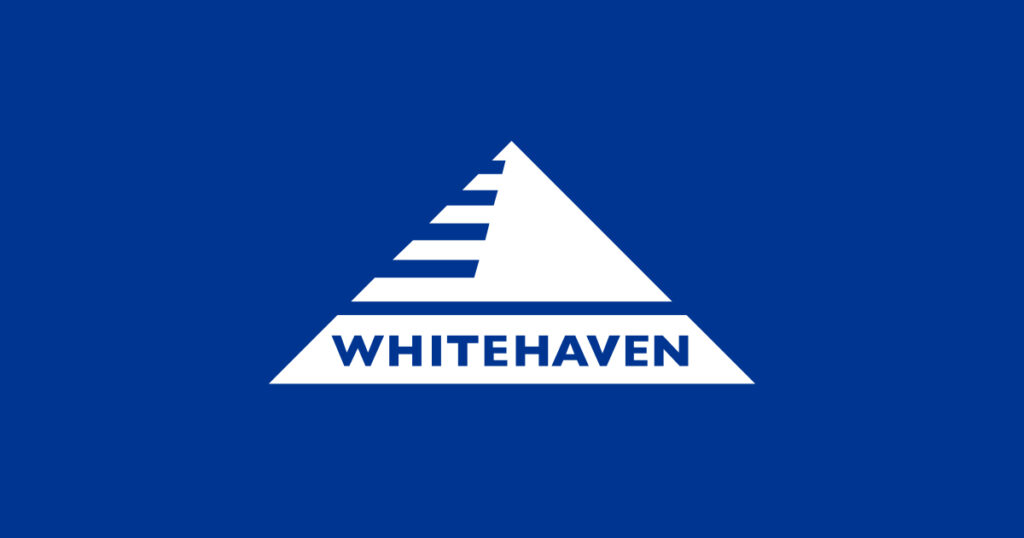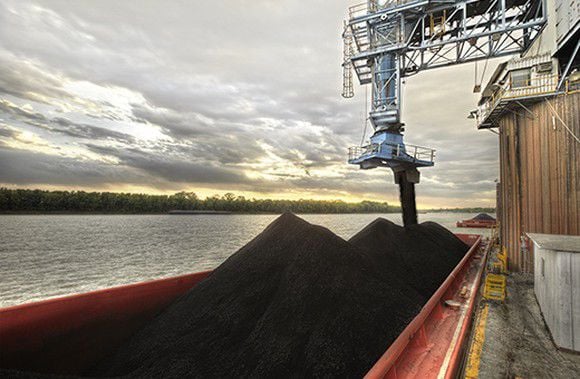JERA’s upcoming co-firing trial at the Hekinan Thermal Power Station, involving a combination of ammonia and coal, is scheduled to commence in the second quarter.
Initially, the trial will incorporate up to 20% of ammonia, marking a significant increase from the small volumes experimented with three years ago. This collaborative effort involves IHI Corporation and is anticipated to be the pioneering demonstration project worldwide to introduce a substantial quantity of ammonia into a large-scale commercial coal-fired power plant. The primary objective of this initiative is to pioneer combustion technology and set a precedent for promoting zero-emission thermal power plants that mitigate carbon dioxide (CO2) emissions. The trial’s scope encompasses evaluating crucial factors such as boiler heat absorption and environmental impacts, including exhaust gases. Scheduled to run until March of the following year, the trial aims to lay the groundwork for future advancements in sustainable energy production.
JERA assumes responsibility for ammonia procurement and the construction of ancillary facilities such as storage tanks and vaporizers. Meanwhile, IHI focuses on developing burners tailored for deployment in the demonstration. Aligned with its Zero CO2 Emissions 2050 objective, JERA has been diligently working to reduce emissions across its domestic and international operations.
Ammonia serves as a carbon-free carrier boasting a remarkable energy density, surpassing that of compressed air. Its synthesis from readily available raw materials—hydrogen extracted from water and nitrogen from the air—ensures a robust supply chain. Japan stands at the forefront of recognizing ammonia’s potential as both a power source and a carrier for hydrogen-based energy systems.
In parallel, Japan has established a 22-member consortium led by Tokyo Gas, dedicated to advancing green ammonia under the auspices of the Cross-Ministerial Strategic Innovation Program (SIP). This consortium aims to foster the development of an integrated ammonia value chain. However, the realization of a viable energy system predicated on ammonia faces several significant hurdles. These include achieving carbon-free synthesis of ammonia, transitioning power generation from small-scale to utility-scale operations, ensuring public acceptance through stringent regulations and community engagement, and addressing economic viability concerns associated with integrating technologies and green production methods. Overcoming these challenges will be pivotal in realizing the full potential of ammonia-based energy solutions.
JERA came into existence following the fusion of the fuel and thermal power sectors of both the Tokyo Electric Power Company and the Chubu Electric Power Company. This union was motivated by dual goals: to create a robust energy enterprise capable of excelling in the global energy sector and to guarantee a reliable supply of internationally competitive energy resources, thereby enhancing corporate value.
By: Motoki Sasaki










